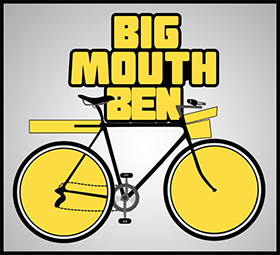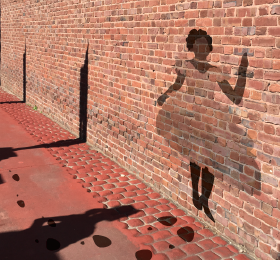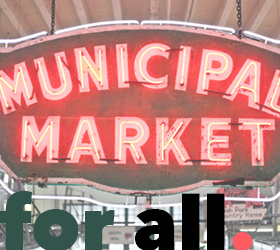OVERVIEW
In the spring of 2016, the STS advanced seminar course titled Critical Teory, Social Justice, and Philosophy of Design will be paired with a project studio titled, Sweet Auburn: Birthplace of Ideas as part of Digital Integrative Liberal Arts Center initiative.
Critical Theory, Social Justice, and Philosophy of Design will engage the theme social justice as it relates to the design of technologies both digital and nondigital. We engage this relationship from two sides. On the side of critical and philosophic theory, we will study classical and contemporary theories of social justice to understand the plurality of ways that justice is conceived and advanced through the accumulation and distribution of goods. We will discover how these debates live on in the 21st century and their relationship to the social and political issues of the time. On the side of design philosophy, we will engage scholarship in Science and Technology Studies (STS) and design studies to understand how technologies foster or inhibit social justice, empower or repress people. We will explore how science and technology have been variously implicated in epistemological and material struggles for social justice, and the role that design philosophy, research, and practice can or should play in those spheres.
Sweet Auburn: Birthplace of Ideas will engage the theme of social justice from the perspective of interaction design practice. In doing so, we will engage stories of the civil rights movement and how they surface, shape, reinforce, or challenge social justice issues central to the past, current, and future development of Sweet Auburn specifically and Atlanta more generally. This class is organized around several projects in conversation with the local community. Through these projects, students put the theories of social justice into a direct relationship to design practice while learning specific design skills such as ideation, critique, prototyping, and co-design. Emphasis will be put on the transformational role of digital technologies and participatory cultures to frame community-based problems and devising strategies of approaching and solving those problems in ways that are innovative, ethical, and culturally informed.
Aligned with the spirit of participatory and co-design, the two courses will host conversations with thought-leaders and community members. In doing so, we seek to cultivate new ideas and partnerships that carry the long traditions of Auburn into the 21st century as the birthplace of ideas and the place to continue the course of non-violent social change.
LEARNING OUTCOMES
- A broad understanding and appreciation of design as a liberal art
- To understand philosophic foundations design and their relationship to theories of social justice
- To understand and communicate in sophisticated ways issues of social justice, especially orally and in writing
- To use the theories and philosophies of social justice to engage design problems and design issues creatively and critically
- Hands-on experience in framing design problems and devising design strategies with awareness of historical, ethical, and cultural issues
- Ability to form arguments in response to design artifacts, describing and engaging their formal, experiential, and political qualities
- To gain experience in employing design techniques and methods such as ideation, prototyping, criticism, user research, and presentation and documentation of design work
READINGS
- Sandel, Michael J. Justice: What's the right thing to do?. Macmillan, 2010.
- Lupton, Ellen. Thinking with Type: A Critical Guide for Designers, Writers, Editors, & Students (Design Briefs). New York, NY: Princeton Architectural Press, 2004.
- Smith, Linda Tuhiwai. Decolonizing methodologies: Research and indigenous peoples. Zed books, 1999.
- Additional readings will be distributed through t-square.






